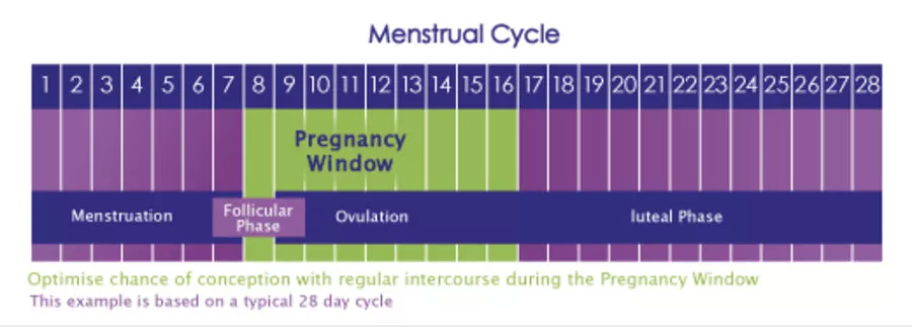Natural ovulation cycles
Natural conception takes place when a healthy sperm fertilises a healthy egg in a woman’s body. In order for this process to take place you need ovulation to occur and a clear pathway for the egg and healthy sperm through the Fallopian tubes.
Every month from puberty to menopause, an egg is released from a follicle within one of your ovaries. In natural ovulation, each month your ovary starts to grow several follicles, one of which goes on to ovulate.
Two hormones are responsible for the development of follicles within your ovaries:
- Follicle-stimulating hormone (FSH), and
- Luteinising hormone (LH)
The cells in the follicles also produce oestrogen and progesterone. Your hormone levels will rise and fall at different stages of your monthly cycle. If the egg meets a sperm somewhere in your fallopian tube, fertilisation may occur. Once cell division begins, an embryo travels down the Fallopian tube to your uterus, where it should implant in the endometrium. This typically happens about seven days after ovulation.
For women, your ability to become pregnant can be affected by your age and common female fertility conditions such as polycystic ovarian syndrome and ovulation disorders, endometriosis, blocked fallopian tubes and uterine fibroids.

